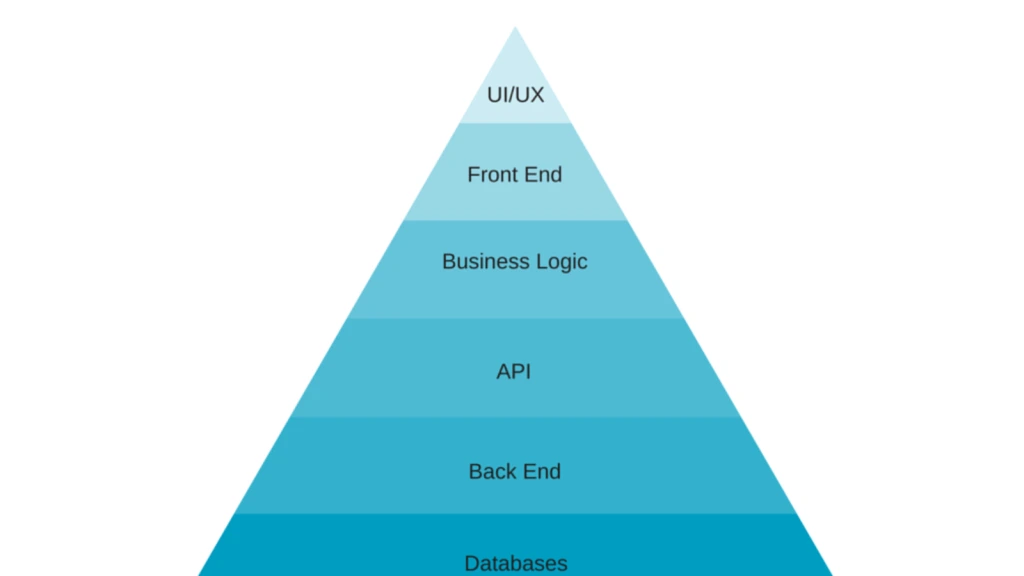Full Stack Development
In technology development, full stack refers to an entire computer system or application from the front end to the back end and the code that connects the two. Ideally the expectations are that Full stack developer is someone who knows UI / UX, Frontend, Business logic, APIs, Backend and databases The front end includes everything that […]
Full Stack Development Read More »

